No One Knows Why Sperm Whales Are Stranding On Europe’s North Sea Beaches

A sixth sperm whale has died on a British beach, the latest of nearly 30 to have become stranded in shallow waters on the coastline of Europe’s North Sea over the past month.
Ship noise in coastal habitats could interfere with orca’s communication

The study is unique because it estimates the source levels of larger populations and more classes of ships than in previous studies. Overall, container ships exhibited the highest median source levels.
Study Finds Toxic Pollutants in Fish Across the World’s Oceans
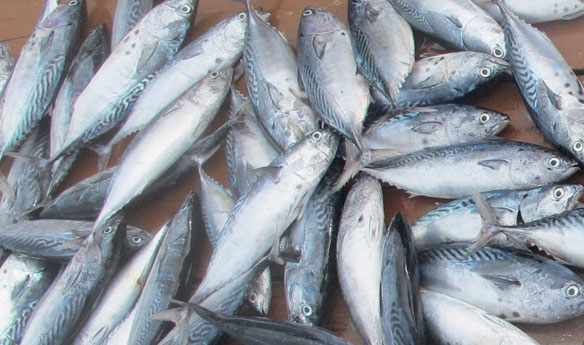
A new global analysis of seafood found that fish populations throughout the world’s oceans are contaminated with industrial and agricultural pollutants, collectively known as persistent organic pollutants (POPs). The study also uncovered some good news¾concentrations of these pollutants have been consistently dropping over the last 30 years.
Florida beaches are becoming darker, and that’s good for sea turtles

Newly published research confirms that the density of sea turtle nests on Florida beaches is reduced where artificial lights along the coast deter nesting females. The data also show that the network of sea turtle-friendly lighting ordinances along Florida’s coast seems to be working.
PCB chemical threat to Europe’s killer whales and dolphins
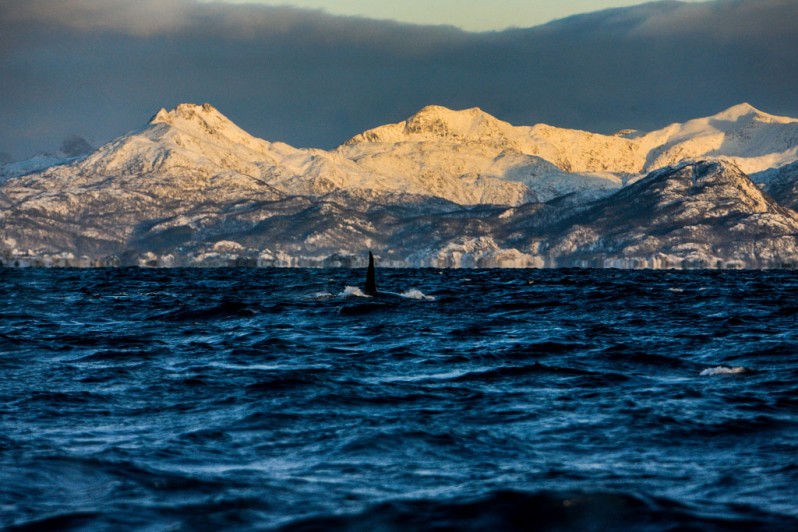
A pollutant is present at “dangerously high levels” in Europe’s killer whales and dolphins, scientists say.
Over 80 Whales Wash Ashore on Indian Coast
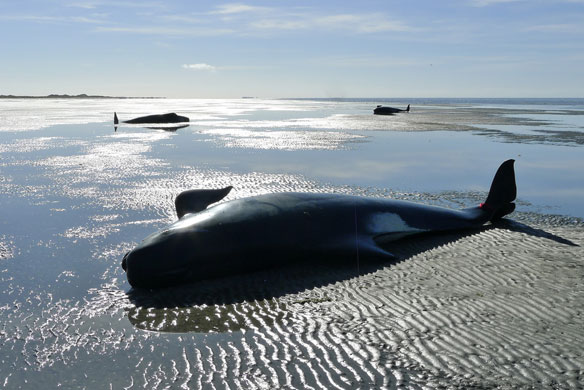
More than 80 whales have washed up on a beach in the southern Indian state of Tamil Nadu.
Turtles’ age determined by atomic-bomb fallout in their shells
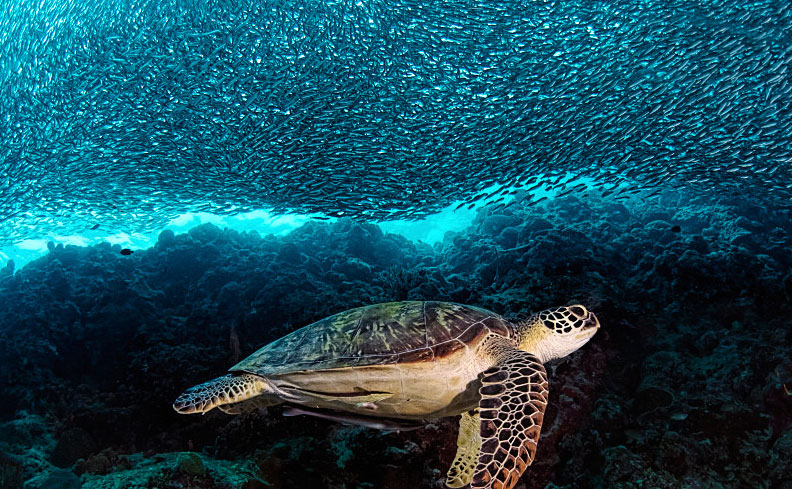
During the years spanning the mid-1950s to 1970, the US government conducted some serious atomic bomb testing above the waters of the Pacific Ocean. As a result, the corals accumulated a lot of nuclear fallout into their structures. But the coral wasn’t the only sea creature to take radioactive material onboard, hawksbill sea turtles incorporated the material into their shells as well.
Endangered Green Sea Turtles Return to Florida in Record Numbers
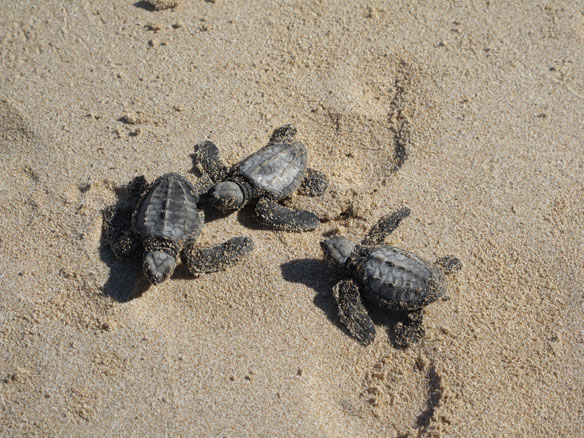
Green sea turtles nested in record numbers in 2015 at Florida’s Archie Carr National Wildlife Refuge, the most important green sea turtle nesting habitat in North America. The improvement reflects the joint efforts of conservationists, government, and local residents to reduce light pollution and other human impacts on the refuge’s beaches.
Recovering Fur Seal Population Threatened by El Nino
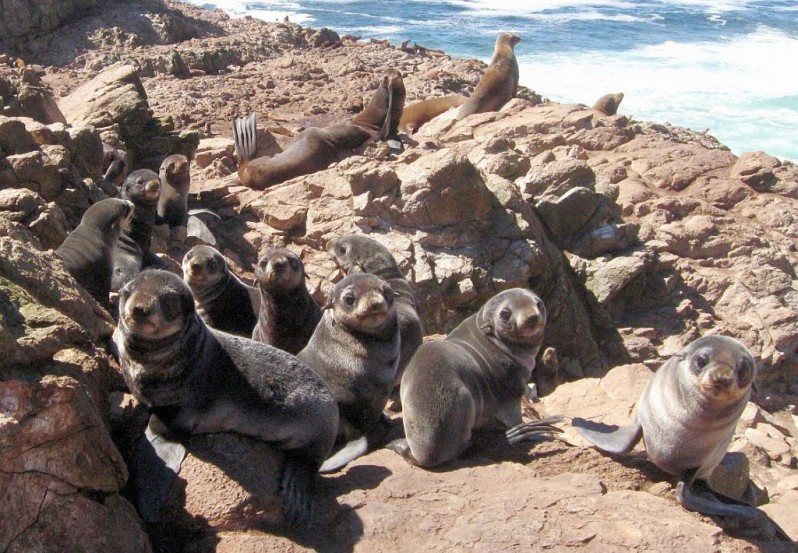
After all but vanishing from the granite shores of the Farallon Islands, by the mid-1800s, the seals have been returning in ever-increasing numbers—just in time to take a hit from a strong, brewing El Niño.
